How to Improve the User Churn Rate ? Here are 10 Strategies.

Outline:
• What is user churn?
• Reducing user loss is a top priority for businesses.
• Ten strategies for reducing user churn.
Many companies do not have specific plans to activate silent users and recall lost users. Some companies try to replace lost users with new users, while others spend a lot of time analyzing problems and trying to prevent users from losing them.
Before we discuss the methodology for reducing user churn, we need to understand how user churn is defined.
What is user churn?
User churnrefers to the number of users who leave the product within a specified period of time. According to different products and different businesses, the time period is different. The user loss indicator shows the ability of the product to retain users from the side. Companies will pay a heavy price for the loss of their users.
Data talks
When it comes to the impact of user churn, research has done the statistics, and the cost of getting new users is five times the cost of retaining existing ones. The harvard business school report also points out that a 5 percent increase in retention rates can lead to a 25 to 95 percent increase in profit. There are also data suggesting that retained users are major contributors to corporate revenue.
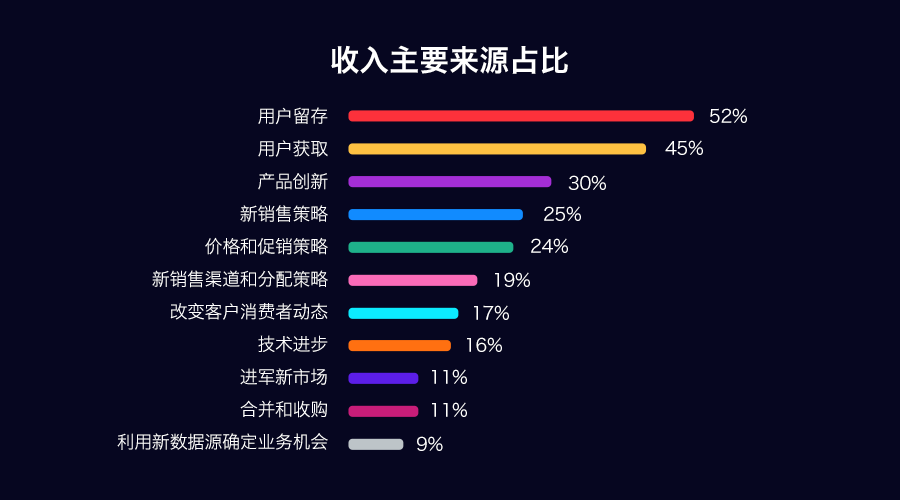
According to gartner, a consultancy, 20% of retained users will contribute 80% of the company’s future revenues. At the same time, the chances of successful sales to the remaining users are 60-70%, and the chances of successful sales to new users are only 5-20%.
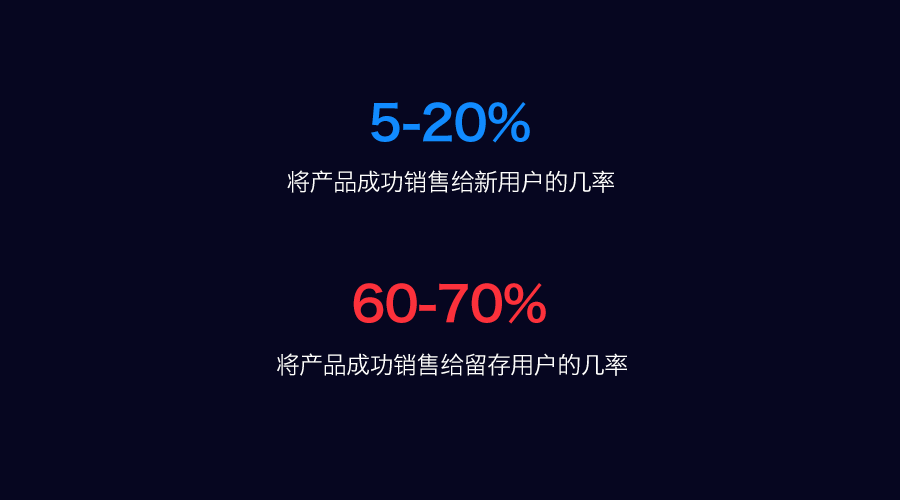
The above data shows that reducing user loss and improving retention of users is the most important and beneficial to enterprises (especially e-commerce enterprises).
What are the adverse effects of user loss on the enterprise?
• Reduce enterprise income, affect enterprise performance.
• Lower corporate profitability.
• Improve enterprise marketing and user recall costs.
There are 10 strategies for reducing user churn.
1. Analyze the reasons for user loss.
Why do users lose? The answer also needs to be found in the user, the most direct way is to talk with the user. Phone calls are the quickest way to talk to users. By telephone, we can know that our products do not solve the users’ pain points, what problems we have caused to users and so on. In addition to phone calls, we can also find out the reasons for the loss of users by sending emails to users, inviting users to comment on the website, or interacting with users on social media.
2. Maintain user engagement.
Maintaining user engagement can help prevent user loss to some extent. In order to maintain user engagement, we need to continue to prove the value of the product to the user. In addition to letting users know the main functions of the product and updating the content of the iteration, we can also show users new transaction information, special offers or recent preferential activities, etc.
Previous face-to-face interactions have been the main way for users to participate, but new research shows that websites and social media are becoming the main ways for users to participate.
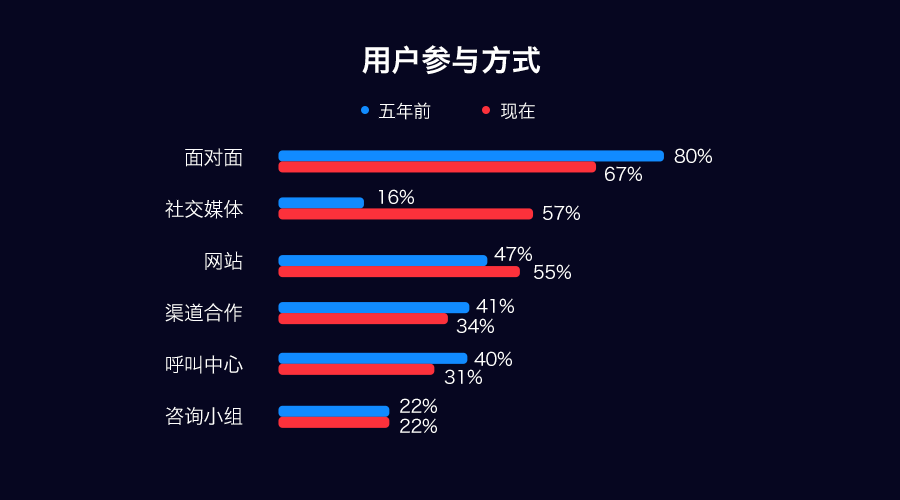
Getting new users involved in the product is also a good way to reduce user churn. For example, we can ask new users about the first impression of the product, which helps us understand the initial impact of the product.
3.Give users adequate guidance.
Reducing user churn can be achieved by providing users with high-quality guidance/support information. These guidelines include but are not limited to free training, online BBS, video guidelines or product demonstrations. Good product functionality with enough guidance not only gives users the tools to solve problems, but also gives users a guide to the tools they use. The greatest potential of our products and services is to let users feel that we are paying enough attention to them and that it is not so easy for users to leave their products.
4. Timely detection of users on the edge of loss.
Data from the past loss of user behavior through the analysis, we can come to the conclusion that some loss of user joint behavior, such as they lost before that time is not as active as ever, loss and puts forward some problems to us before but didn’t get our feedback and so on. By identifying these common features, we can predict users who are on the edge of loss and take appropriate measures to retain them.
5. Identify high-value users.
Identifying high-value users and prioritizing the needs of these users is important because our revenue is primarily contributed by these high-value users. There are two ways to identify high-value users: one is to analyze the engagement of users in each stage of the product life cycle, and the other is to group users according to user behavior. We can have a high degree of engagement at each stage of the product life cycle, and the user group that often implements the purchase behavior is considered a high-value user group.
When analyzing user engagement and the behavior of different user groups, we can not only identify high-value users, but also identify users who are on the edge of loss. In other words, we can also predict the loss of users as we determine the high value users.
6. Incentive
There are many ways to motivate users, such as preferential activities, points exchange, etc. In incentives to retain on the verge of losing users or recall has been lost, we must ensure that these measures cost consumed less than these users to our contribution to profits. We can’t afford to waste a lot of human resources to save those who won’t contribute a dime.
7. Target users.
In As A Product Manager, Do You Really Understand the Data Analysis?,We have a product vision – the product must be targeted. After all, the target user is barking up the wrong tree, even if we make the most of it and we can’t let the user stay. If we use words like “free” and “cheap” to attract new users, our new users may not be our target users at all. Those who collect freebies are the most likely to lose. Our target users should be users who value the long-term value of our products, not those who are greedy and cheap.
8. To provide better service to users.
Poor service can lead to loss of users. There are two main reasons for the loss of users: one is incompetent and rude staff, and the other is that the service is too slow to be tolerated. More than 70 percent of the lost users are lost to bad services.
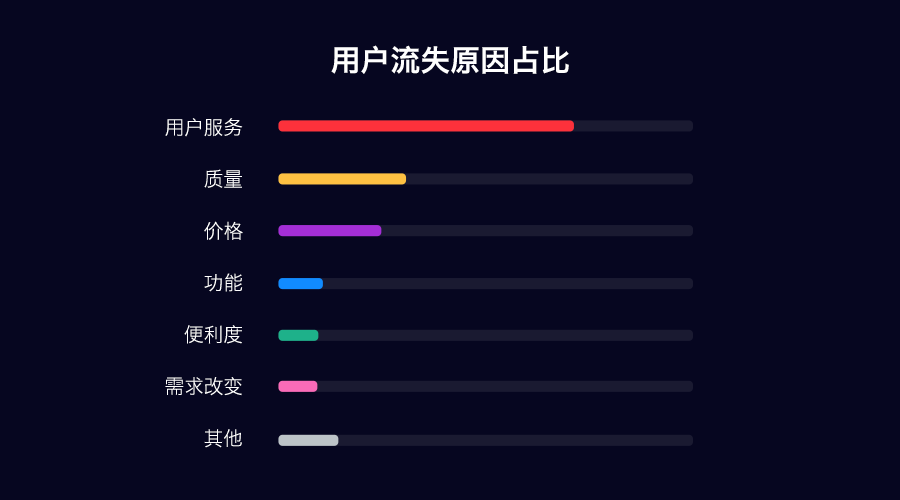
The image above shows the importance of user service. Any service that makes users dissatisfied can lead to loss of users.
9. Value user complaints
The product problem exposed by user complaints is only the tip of the iceberg. According to the survey, 96% of users will not be satisfied even if they are dissatisfied with the product, and 91% of them will leave without a word. Only 4% of users will complain about the product!
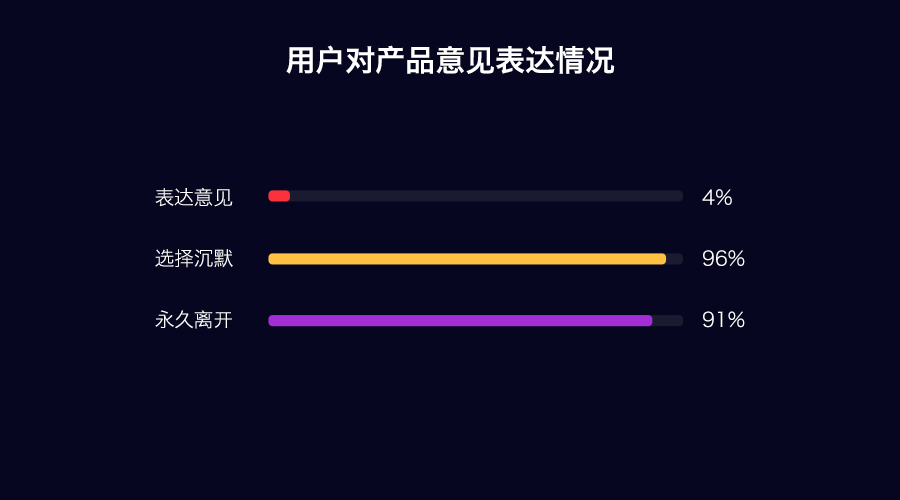
Therefore, we must take users’ complaints and complaints seriously and give timely feedback. Research shows that users who receive feedback and solutions are more likely to become loyal users, who can spread our products or services to form a good reputation.
10. Show our competitive advantage.
We need to make it clear to the user that we are different from our competitors; Where we stand out; If users don’t use our products, they will miss something. Knowing these problems, we can see what our competitive advantage is. After knowing the competitive advantage, we can hype it up!
We’ve talked about 10 strategies to reduce user loss, and we want to help the people who run the APP.


 中文
中文